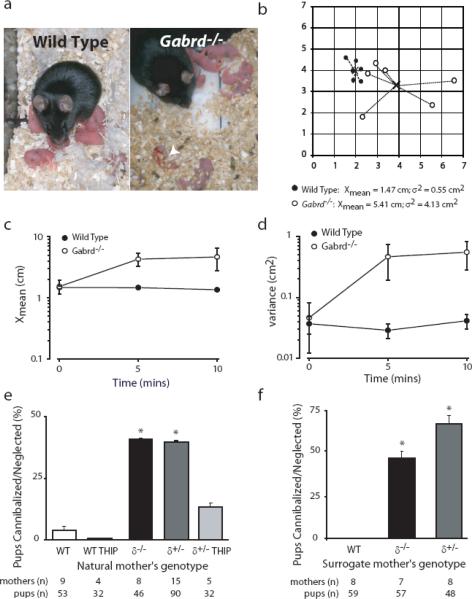Figure 4. Abnormal maternal behaviors in Gabrd−/− mice.
a, Representative photographs of nests built by wild type and Gabrd−/−mothers. Gabrd−/− mothers fail to build a proper nest and keep the pups further away (arrows) than the wild type mother. A neglected/cannibalized pup is indicated by an arrowhead. b, Dispersion of the pups by their respective mothers is shown as the average distance of the pups from the centroid (Xmean) and the variance of the distance (σ2) from the centroid for wild type and Gabrd−/− pups. The values are shown for a representative wild type (black circles) and Gabrd−/− litter (white circles) after 10 min. The summarized data for Xmean and σ2 for all the wild type litters and Gabrd−/− litters over a 10 min period are shown in c and d, respectively. e, Decreased survival of pups born to Gabrd+/− and Gabrd−/− mice is reduced by enhancing GABAAR δ-subunit-mediated inhibition by including THIP in the drinking water. f, Pups born to Gabrd+/− and Gabrd−/− mice but reared by a surrogate wild type mother immediately following birth had an increase in survival compared to wild type pups reared by Gabrd+/− and Gabrd−/− surrogate mothers immediately following birth.

